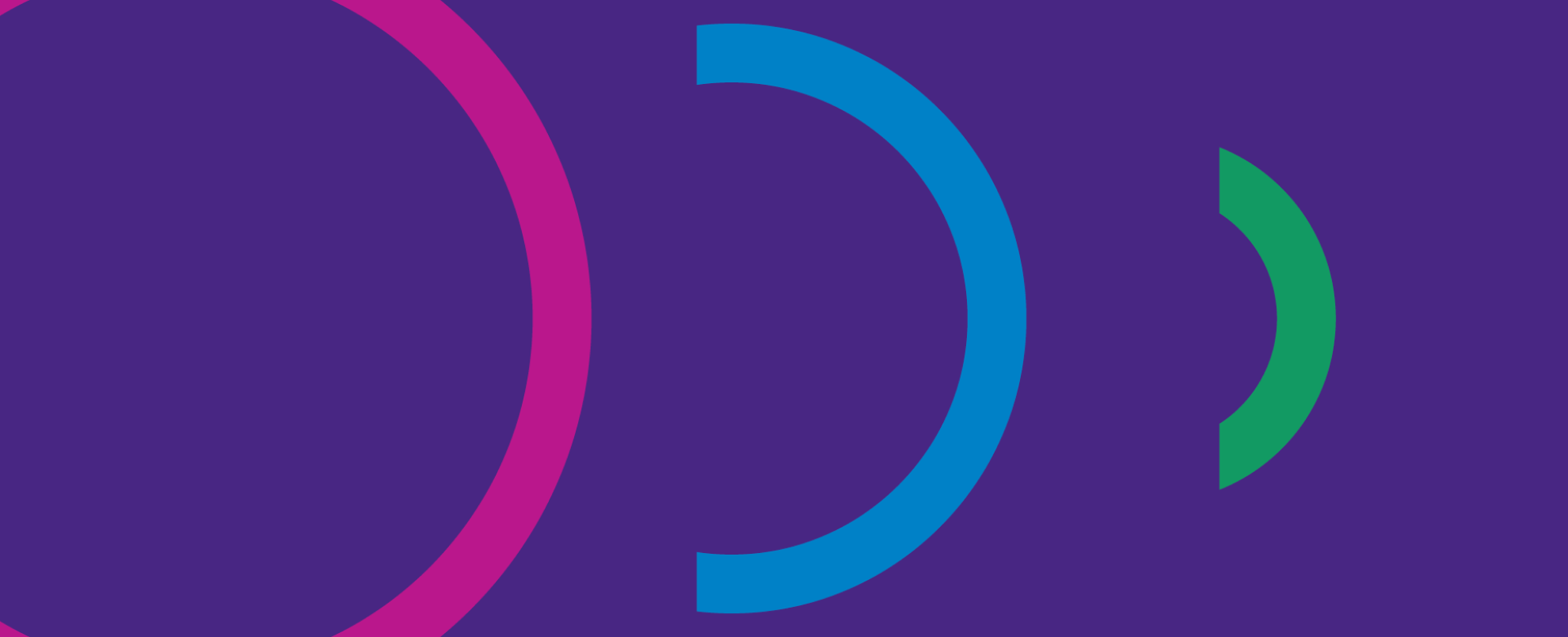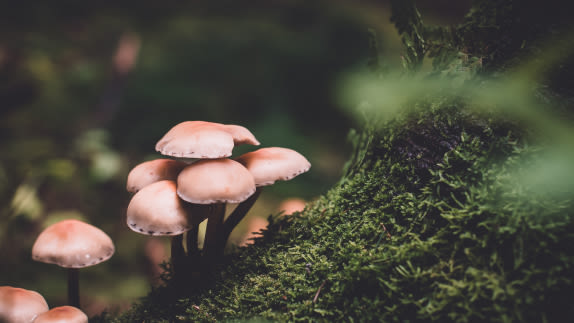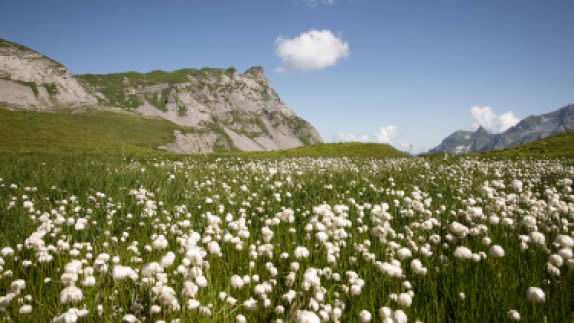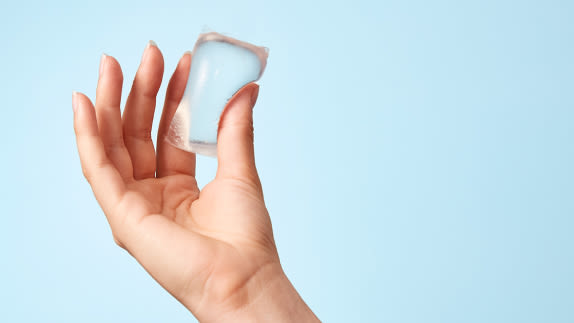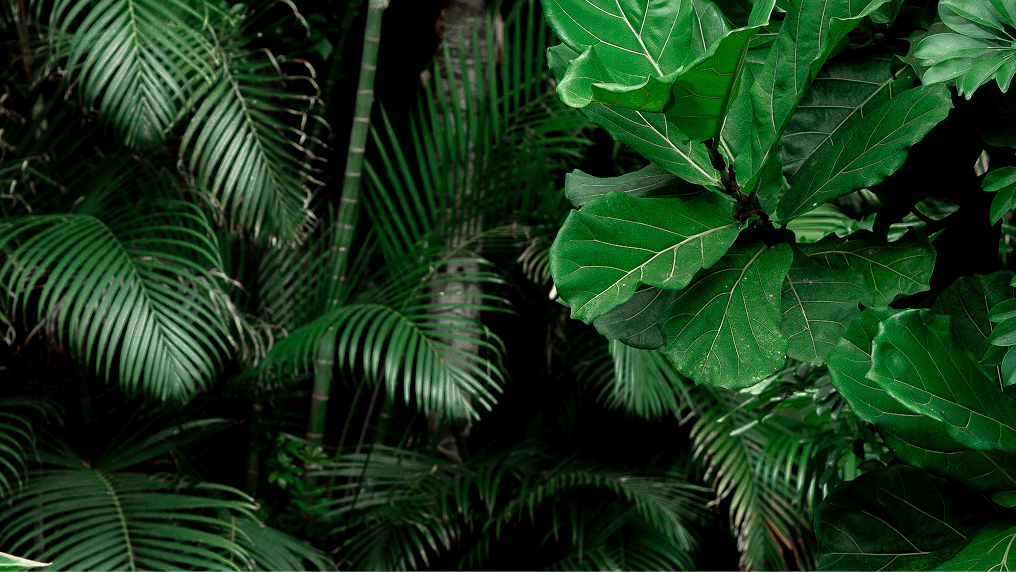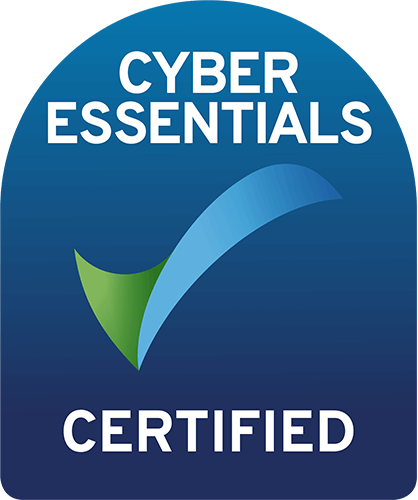What if the materials we used were not finite? What if the more material we used, the better it was for the environment? And what might it take to make this a reality at the scale of fossil-based materials today?
In this podcast, we explore these themes and more in the context of a regenerative material landscape that is increasingly moving from concept to actuality with an ever growing number of solutions hitting the market. We’re joined by guests with real seaweed and mushroom-based solutions in the marketplace, as well as the people behind the world’s largest open source database of regenerative materials.
The conversation is hosted by Materiom’s Liz Corbin and guests include; Alysia Garmulewicz (Materiom), Julia Marsh (Sway) and Ehab Sayed (Biohm).
This is part three of a four-part podcast series revisiting some of the highlights from the Ellen MacArthur Foundation’s Innovation Day event at the Roundhouse on March 31st.
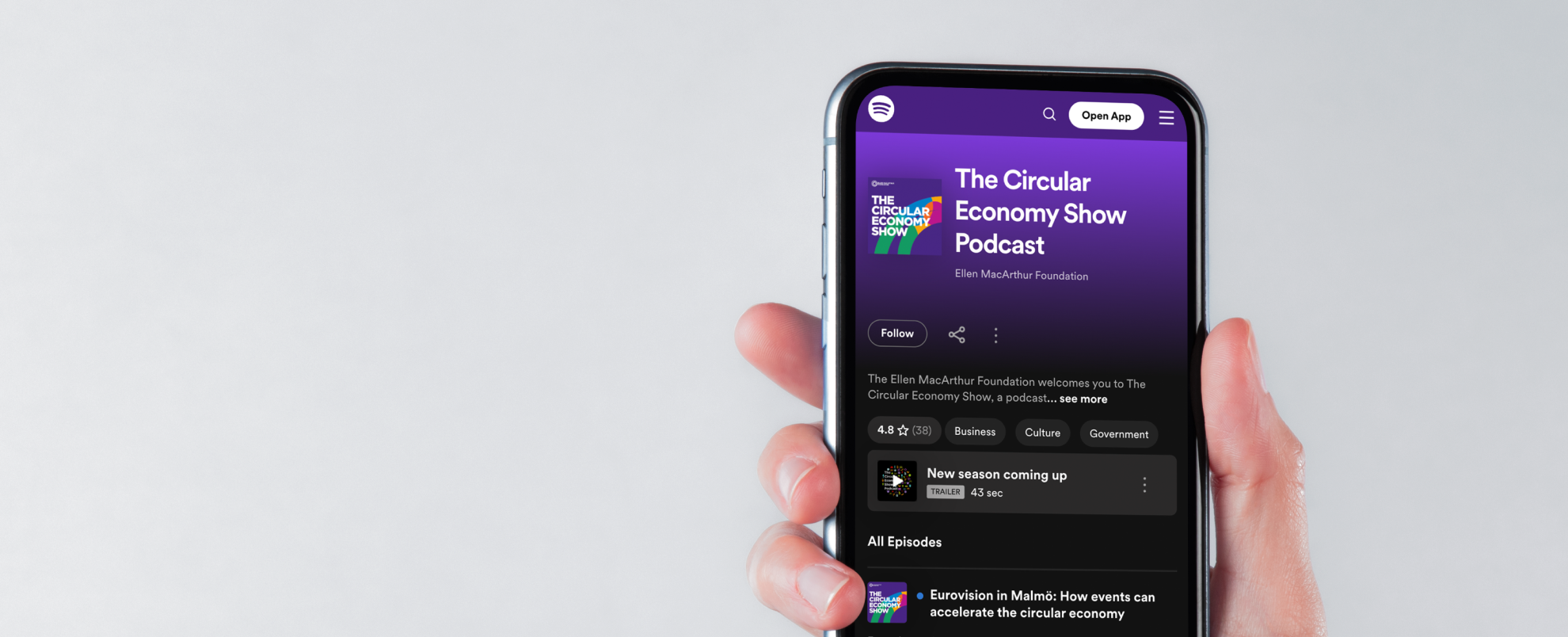
The Circular Economy Show Podcast
The Circular Economy Show Podcast explores the many dimensions of what a circular economy means, and meets the people making it happen. Each week our hosts are joined by experts from across industry, governments and academia to learn more about how the circular economy is being developed and scaled.
